A good French onion soup always starts with the same thing and that’s perfectly caramelized onions. It’s all about taking the time to cook the onions until they are perfectly golden and sweet. There’s no cheating here. Luckily, it’s still really easy to do. An occasional stir and your onions will have all the glorious flavor they need to turn into the perfect bowl of soup. Add some broth and seasonings and then top it all with toasted bread and cheese.
If you love French onion soup, you really should check out our French Onion Pasta Casserole!
Why Our Recipe
- The real deal classic with properly caramelized onions.
- That perfect piece of toasted bread on top with all the gooey cheese.
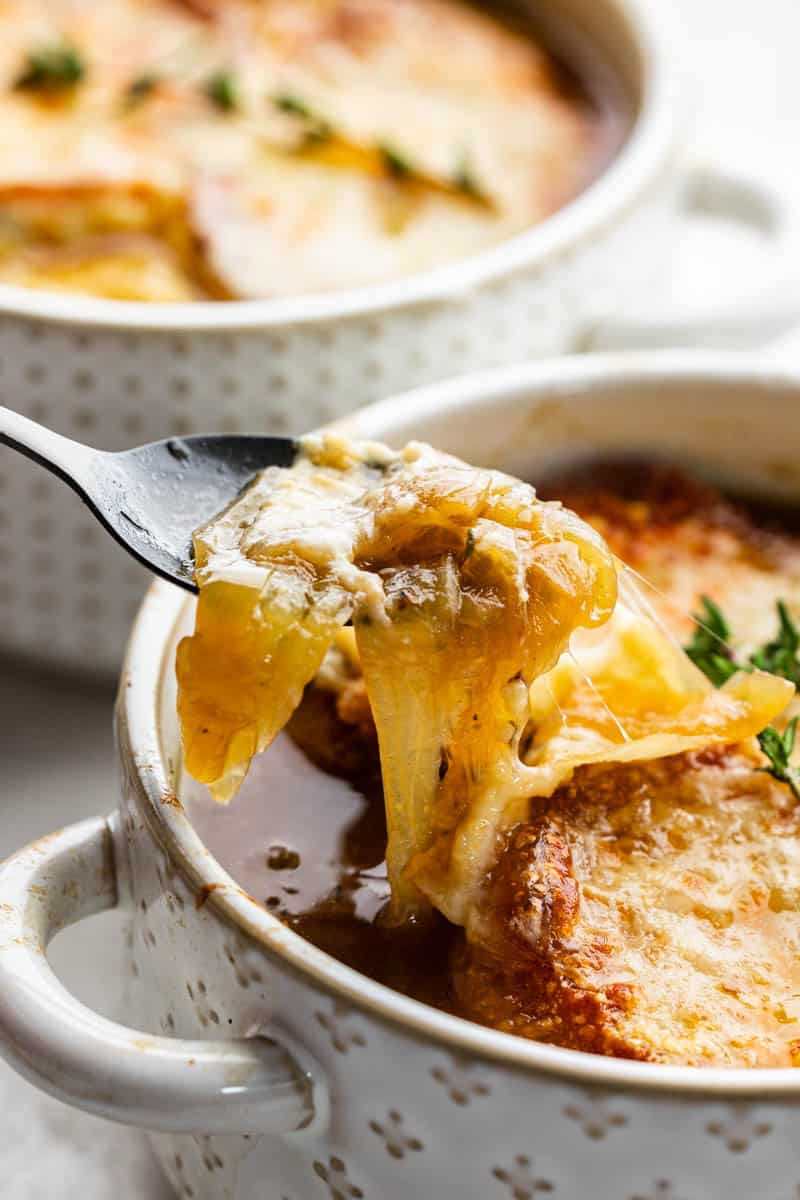
Everybody knows the best part of French onion soup is that crispy slice of baguette and gooey, golden-brown cheese on top. This soup got its start as an inexpensive soup for the poor in France. Onion soup isn’t much on its own so they dressed it up with cheese on top. It certainly hasn’t had a problem standing the test of time. Now you can make your own restaurant-quality soup at home.
Ingredients Notes
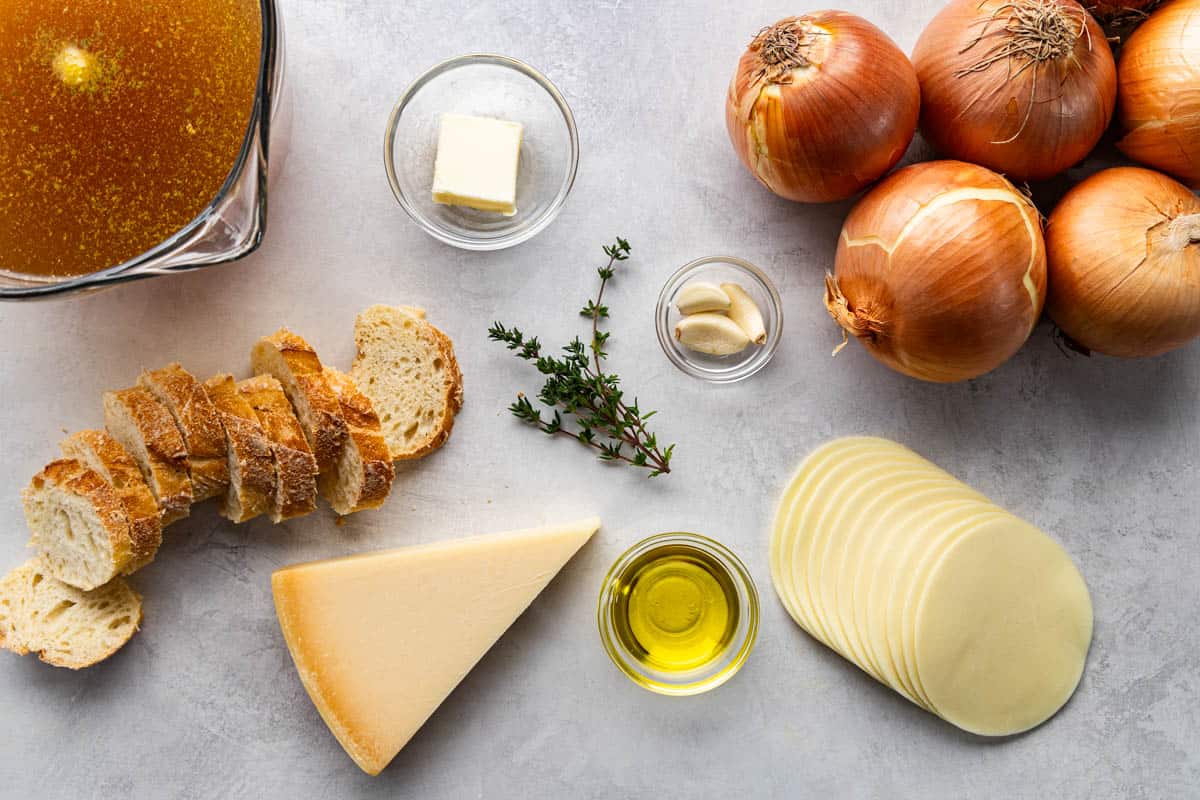
- Olive Oil: Any neutral oil can be substituted, but olive oil adds a nice flavor, especially since you are also using it to toast the bread.
- Yellow Onions: Slice these thin and evenly for consistent caramelization. Yellow onions offer the best balance between sweet and savory, making them perfect for this soup.
- Butter: Adds richness and helps the onions caramelize more smoothly. You can use unsalted or salted butter, but if using salted, adjust the amount of added salt in the recipe.
- Garlic: Fresh minced garlic enhances the depth of flavor in the soup. You can substitute with 1/2 teaspoon of garlic powder if needed.
- Beef Broth: For the most authentic flavor, beef broth is ideal. If you need a vegetarian option, vegetable broth works too, but the flavor will be lighter.
- Dry Sherry: This is a traditional ingredient that adds flavor to the soup broth so that it’s more than just beef, but some people still want to leave it out and that’s totally fine!
- Dried Thyme: Can’t forget the essential French herb!
- Salt and Pepper: Adjust based on your broth’s salt content and personal preference.
- French Baguette: Use a sturdy baguette. You are looking for that long skinny baguette with the hard and chewy crust and soft interior crumb.
- Gruyère: Gruyère is the classic choice for French onion soup, but Provolone also works since you can’t always find gruyere.
- Parmesan: Freshly grated Parmesan will have the best flavor, but pre-grated works in a pinch.
Bread Options
No matter which bread you choose, aim for slices about 1 inch thick. The type of bread you put on top matters and definitely changes the experience, but there are also some non-traditional options that are quite delicious. A French Baguette is the classic choice, providing a crisp crust and a soft interior that soaks up the broth beautifully without becoming too soggy. Don’t feel limited to baguettes—sourdough and ciabatta are excellent alternatives. Sourdough adds a tangy flavor and a chewier texture. Ciabatta, with its airy crumb and sturdy crust, is another great option that holds up well under the cheese.
As long as your bread slice fits in the bowl, or two smaller slices in the case of a baguette, it’ll work just fine.
Technically, even sandwich bread can be used in a pinch, but the result might be a bit lackluster since it’s thin and gets soggy fast. If you’re going this route, try toasting it extra well to help it hold up.
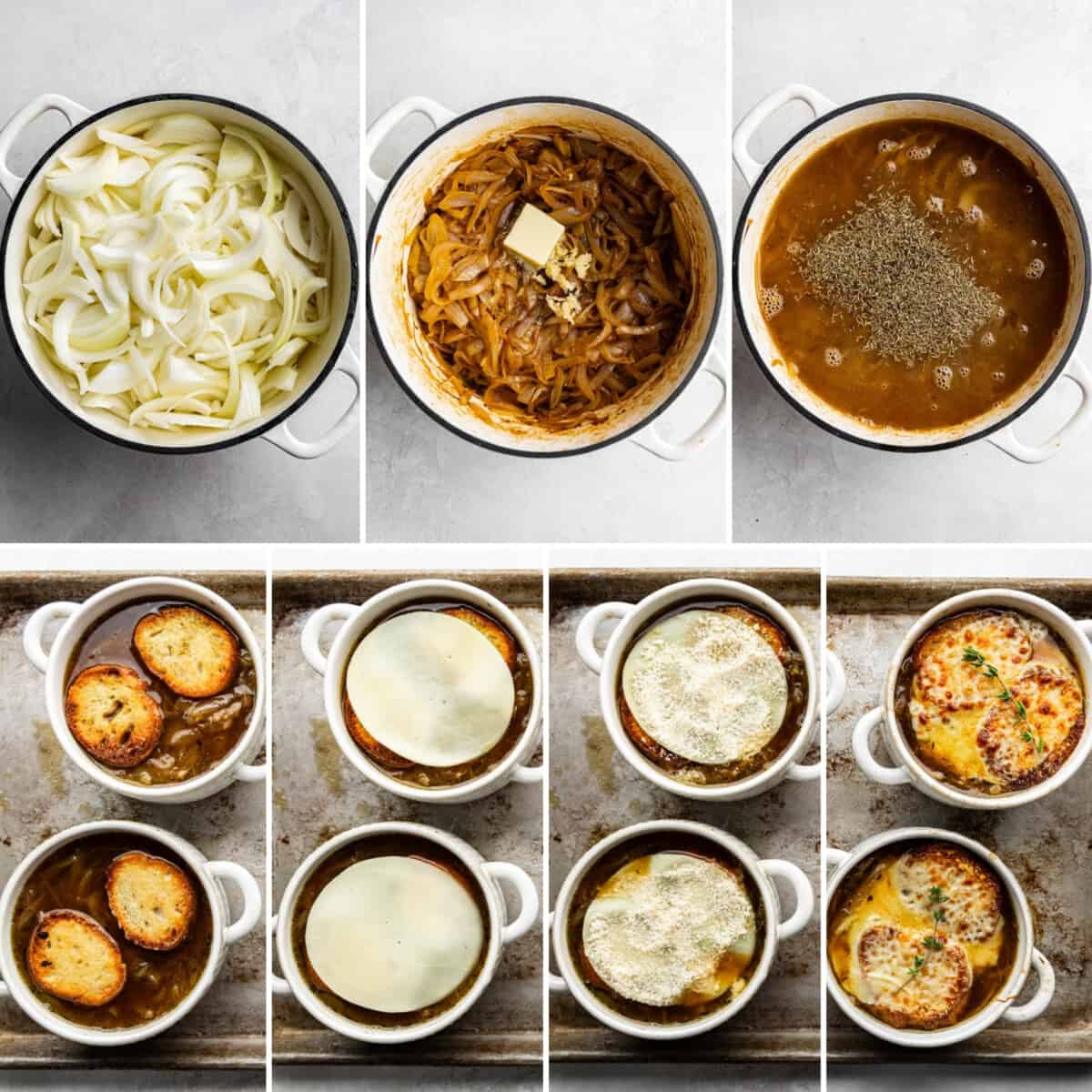
The Perfect Caramelized Onions
Caramelizing onions takes time, but it’s always well worth the effort. The trick to caramelized onions is cooking them over low to medium-low heat. Rushing the process with high heat will cause the onions to burn rather than caramelize. Remember, you are melting sugar. Here are some other tips to keep in mind:
Stir Occasionally: You don’t need to constantly babysit the onions, but give them a good stir every 3 to 5 minutes. This prevents sticking and helps them cook evenly.
Use the right pan: A wide, heavy-bottomed pan, like stainless steel or cast iron, is best for caramelizing onions. It allows more surface area for the onions to cook and brown evenly.
Be patient: Caramelizing onions takes anywhere from 15 to 25 minutes. They will go from translucent to golden brown, and you’ll notice a deep, sweet smell once they reach the caramelizing stage. Just keep stirring and give them time to do their thing!
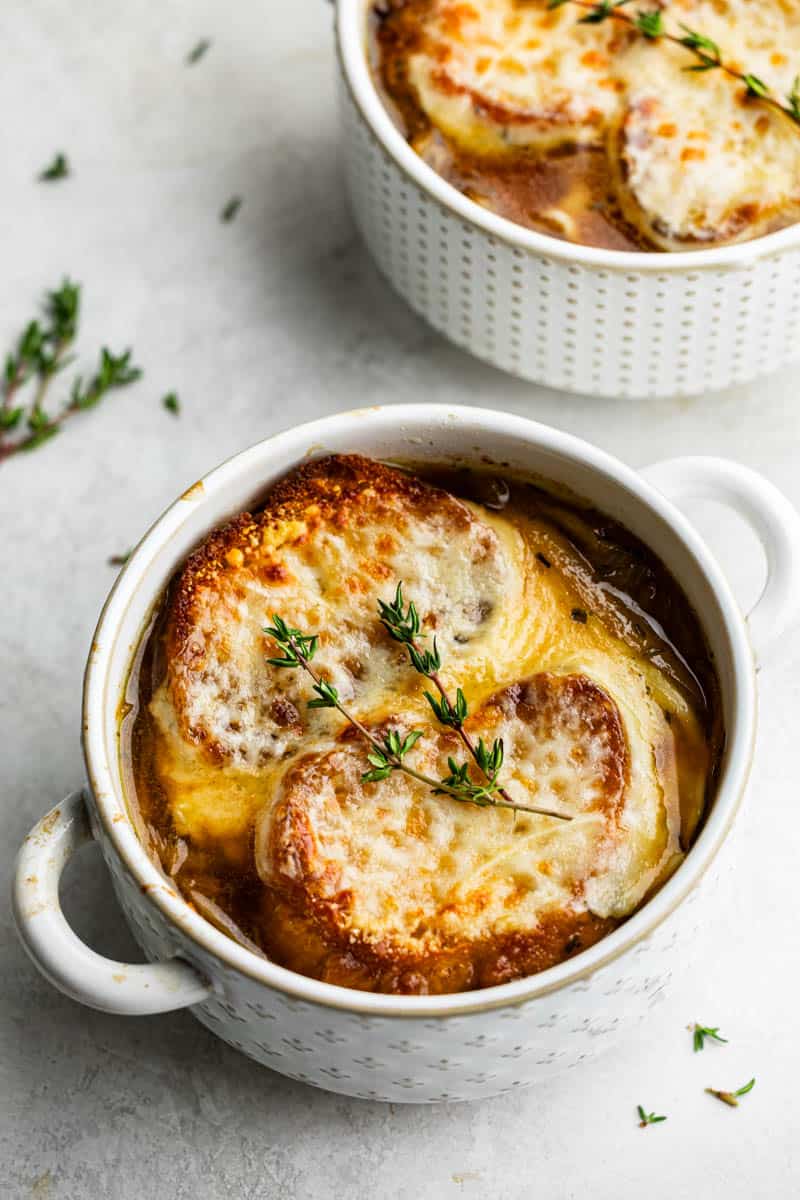
Oven-Safe Bowls
A broiler-safe, deep bowl is the name of the game with French onion soup. If you’ve never used your soup bowls under the broiler and they don’t say oven/broiler safe, you will need to use different bowls. We’re a big fan of the traditional soup crocks or large ramekins.
If you do not have oven-safe bowls, you can simply put your cheeses onto your toasted French bread slices and melt under the broiler to make little cheesy toasts. When your soup is ready to serve, ladle soup into regular soup bowls and top with the cheesy toasts.
Storage & Reheating Instructions
Refrigerate leftover soup in an airtight container for up to 3 days. Do not store the toasted bread or cheese, as they are best prepared fresh.
Freezing the soup (without the bread and cheese) is a great idea so that you only have to caramelize the onions once. It can be frozen for up to 3 months.
Reheat on the stove over medium heat until warmed through, about 5 to 7 minutes, stirring occasionally. Or reheat in the microwave in 30-second increments, stirring in between, until fully heated.
Finishing with Fresh Bread and Cheese: Once reheated, ladle the soup into oven-safe bowls, add freshly toasted bread and cheese, and broil as directed in the recipe until the cheese is bubbly and golden. If you don’t have oven-safe bowls, toast the bread separately under the broiler with the cheese and add it to the soup just before serving.
More classic soup recipes…
Watch the video below where Rachel will walk you through every step of this recipe. Sometimes it helps to have a visual, and we’ve always got you covered with our cooking show. You can find the complete collection of recipes on YouTube, our Facebook Page, or right here on our website with their corresponding recipes.
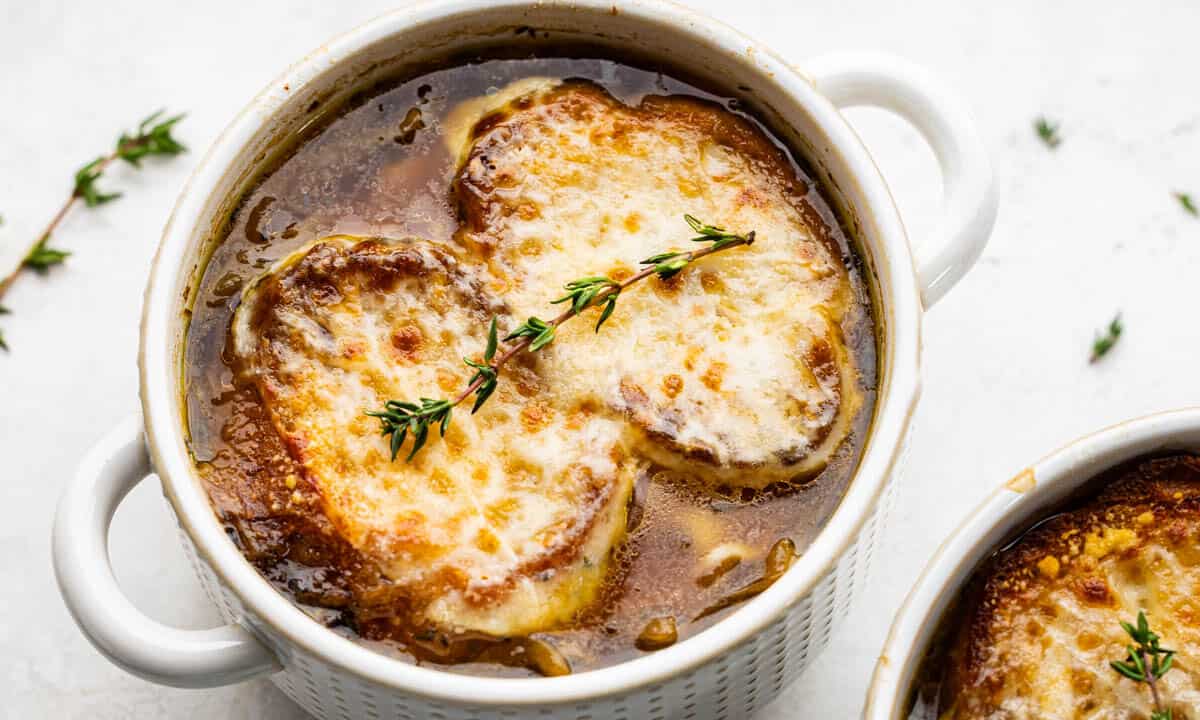
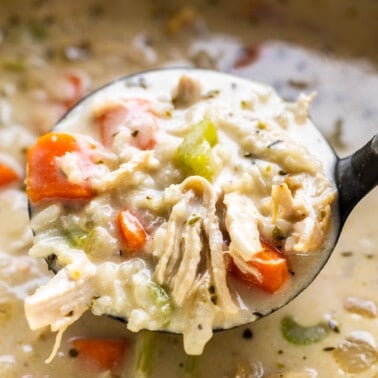
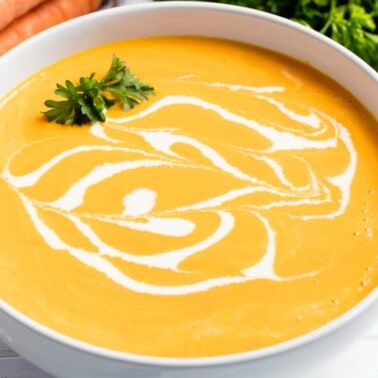
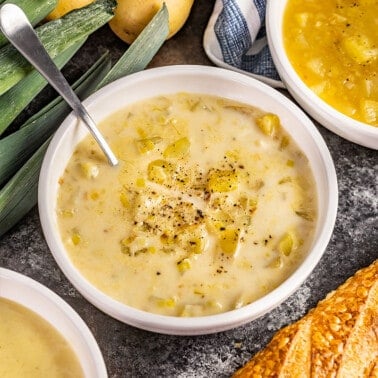
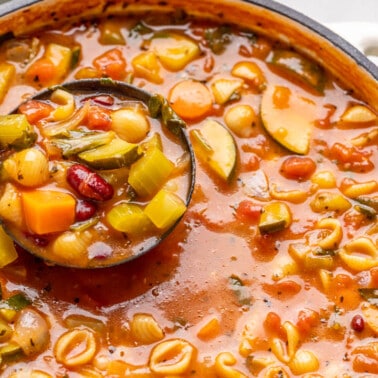
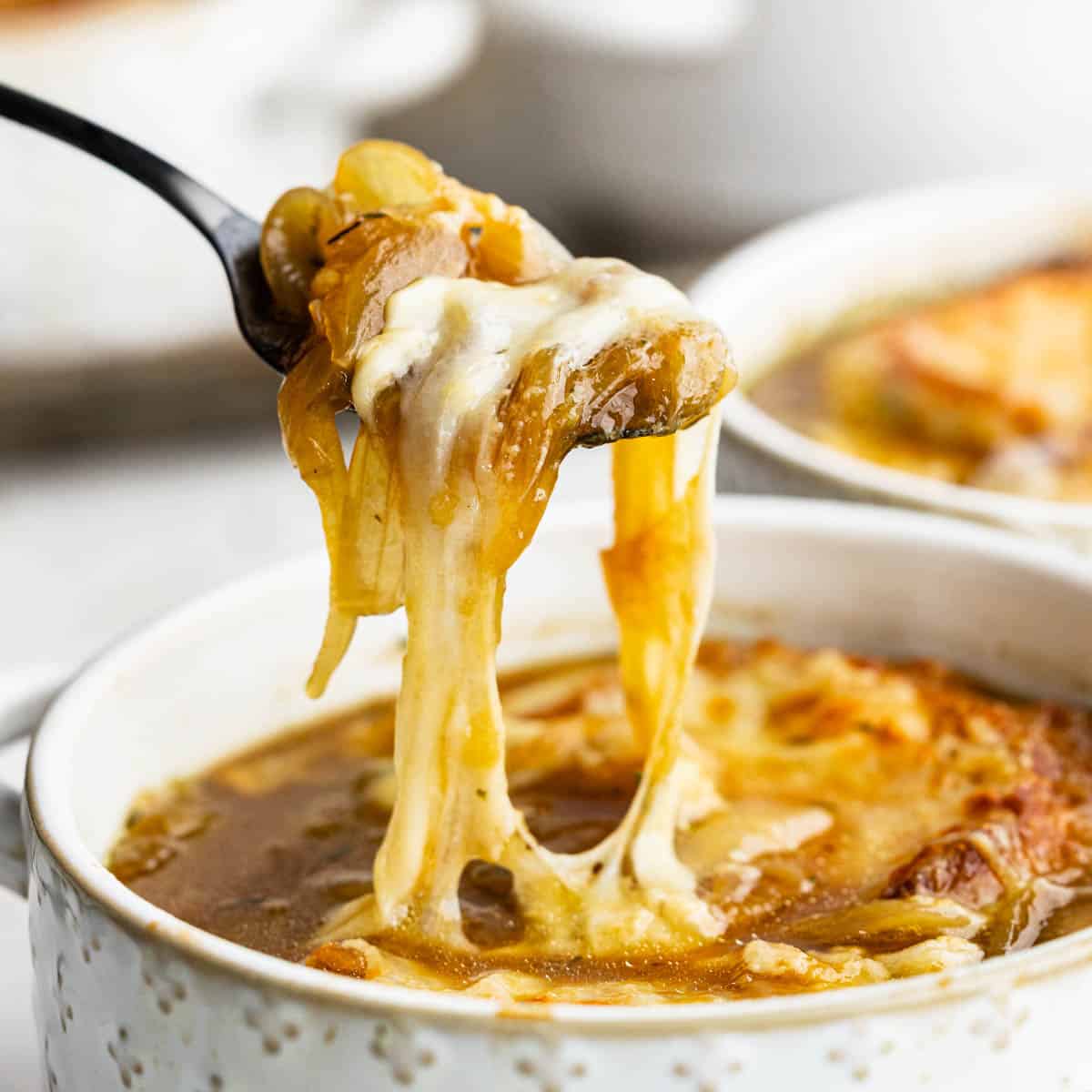
Very tasty and easy to make.
Your recipes are wonderful!
Could you cook onions in a crock pot then pick up recipe at cooked onion stage?
Absolutely!
Oh my, this was WONDERFUL! This is my husbands favorite soup and we all loved it! Served it with a spinach salad with warm bacon dressing. Any leftovers went quickly. This recipe is a keeper!
Outstanding and very easy to make . It was my first time I had ever attempted to make it and my husband loved it. Thank you for the easy recipe.
French onion soup is my favorite and now I’m excited to have a recipe to follow and make at home. It was delicious!! Love your recipes!
I give this French Onion Soup recipe a 5 Star rating. I have made it, and it was a real winner at my dinner table… So delicious on a cold winters day. Thank you so much for sharing this.
I just made this soup for dinner tonight and it was great. I cut it in half , theres only 4 of us. Will make it again!!!!
So yummy! Tasty and will make again – used sweet onions –